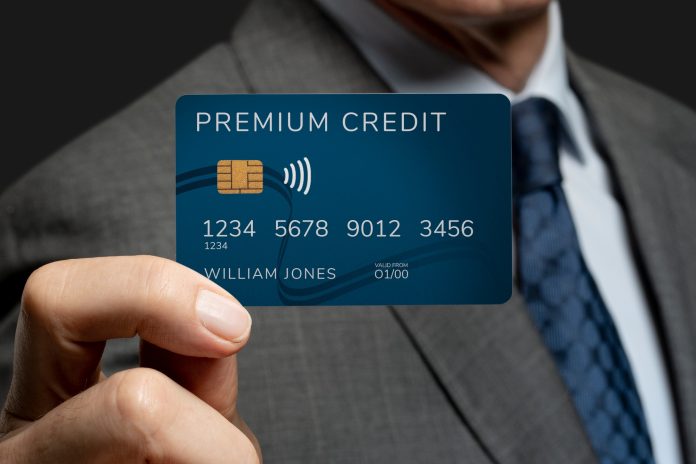
For millions of consumers, contactless payment methods such as tap-to-go credit cards and mobile wallets like Apple Pay have become a convenient part of life. But many of us still don’t understand how these transactions actually work. Here’s what happens in the split second between tapping a card or smart device on a terminal and the transaction being completed.
While contactless payments have been a popular option for years, the COVID-19 pandemic has dramatically accelerated their uptake. During the pandemic, it was common for retailers to limit cash and card transactions and instead encourage customers to use their tap-to-pay cards or digital wallets. This is because card transactions are quicker, more hygienic and less susceptible to embezzlement/theft than notes and coins.
In the UK, it’s now commonplace to see consumers paying for goods or services with a credit or debit card that has contactless capability, which is usually indicated by a small ‘wave-like’ symbol on the front of the card. Alternatively, consumers can also connect their existing card to a mobile payment app such as Apple Pay, which lets them make purchases with just a quick tap of their smartphone or iWatch.
The rise of contactless payments represents a significant shift in how we conduct financial transactions. Contactless payments, which allow users to simply tap their cards or smartphones on a payment terminal, have gained immense popularity due to their speed and convenience. This technology has been particularly embraced during the COVID-19 pandemic, as it minimizes physical contact and reduces the need to handle cash or touch keypads.
It’s not only more hygienic but also faster than traditional card payments, making it a preferred choice for both consumers and businesses. The widespread adoption of contactless payments has led to an evolution in the payments industry, with an increasing number of retailers and service providers upgrading their payment terminals to accept these transactions. As this trend continues to grow, we can expect to see even more innovations and developments in contactless payment technology, making it an integral part of our modern, cashless society. Additionally, for professionals aiming to stay ahead of these innovations, attending events like payment conferences in 2025 can offer valuable insights into the future of contactless technology, global trends, and strategic networking opportunities.
As well as being a faster and more hygienic payment method, contactless payments are also much more secure than traditional card and cash transactions. They’re less prone to fraud and cloning, because the information is encrypted when transmitted between the merchant terminal and the consumer’s contactless device. Moreover, there is no need to enter a PIN, which reduces the risk of fraudsters guessing or hacking a customer’s pin or password.
There are some concerns, however, that the increase in the contactless payment limit to PS100 could give fraudsters the opportunity to steal larger sums of money from a consumer. However, with the introduction of sophisticated counter-fraud approaches rooted in biometrics, Big Data and A.I, it’s likely that contactless transactions will continue to offer both consumers and retailers a safe and secure way to process payments.
Another key benefit of contactless payments is that it’s easier to keep track of a spend, because the total of each purchase is visible on the user’s payment app. This gives the consumer greater control over their spending habits and helps them to monitor their expenses, a useful tool when tackling excessive or unmanageable debt. For retailers, the increased contactless payment limit offers new opportunities for omnichannel retailing and a more seamless customer experience.
As well as helping to drive loyalty and engagement, it’s likely that this will increase consumer spend in stores. With the Christmas shopping season fast approaching, this will be great news for retailers that have embraced the contactless future ahead of them. However, for some high street retailers, this may be a challenge and they’ll need to re-think their approach in order to keep up with the competition.
Write and Win: Participate in Creative writing Contest & International Essay Contest and win fabulous prizes.


